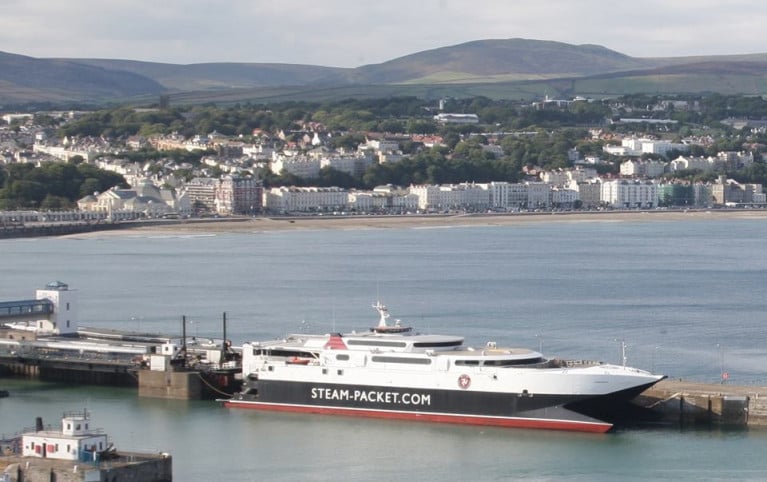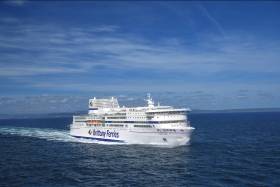Displaying items by tag: Service Resumes
Firth of Clyde’s Main Arran Ferry MV Caledonian Isles Out of Action for Extended Period, While Second Ferry Resumes Service Today
The main Isle of Arran ferry which operates the Ardrossan-Brodick route, reveals Caledonian MacBrayne (CalMac) will be futher delayed until at least March, reports the Ardrossan&SaltcoatsHerald.
MV Caledonian Isles which is undergoing annual overhaul at Dales Marine Service, Greenock, as Afloat reported yesterday, was supposed to be back on the route tomorrow, 25 January.
According to CalMac the ferry will however remain out of action for weeks as it requires more steel repairs.
This will lead to the MV Isle of Arran -also currently out of action - could be the only ferry on the Ardrossan-Brodick route until March 6 at least. (Noting, in an update, Afloat.ie can confirm, following repairs and sea-trials, the ferry was tracked today, with the 13:55hrs sailing from Arran to the mainland which was completed just before 14:45hrs), for further detailed sailing updates, click CalMac’s service status here and information including the chartered catamaran MV Alfred.
As for the setback with MV Caledonian Isles, this is the latest blow to hit the Arran ferry service in recent weeks, given the cancellations due to storms, notably this week and issues at the ‘Irish’ berth in Ardrossan which led to its closure following a dive survey. The resultant impact is on the MV Alfred, the temporary replacement for the Caledonian Isles, which can't operate out of Ardrossan.
With the MV Isle of Arran having to be sidelined too after a fault was discovered on the main starboard engine on the 40-year-old veteran vessel, essential maintenance was carried out while the ferry was out of action during the Storms Isha/Jocelyn.
The ferry however resumed service today as the part needed to repair MV Isle of Arran, thankfully had arrived and engineers worked on the ferry with the sea trials as expected were carried out this morning.
More here on the Firth of Clyde short-sea service route which takes just under an hour’s passage time.
Douglas-Liverpool Fast-Ferry Craft Crossings Resume
Ferry sailings linking Douglas, Isle of Man and Liverpool have resumed for the first time this year following the easing of the island's border restrictions.
As BBC News writes, limited passenger demand had seen the Ben-my-Chree operate only Heysham services.
The Manannan traditionally starts its Liverpool crossings in March each year.
Almost 600 passengers were due to travel on Thursday, the Isle of Man Steam Packet Company said.
The majority of those people were due to arrive on the island from Liverpool on the afternoon and evening return crossing.
Changes to the island's border restrictions mean that people from the UK, Ireland and Channel Islands who have been fully vaccinated against Covid-19 for at least two weeks can travel to the island freely without testing or isolation.
About 31,600 passengers have booked to travel on the Steam Packet vessels during July, 16,955 of which are due to sail on the Manannan
Ferry Service Cork-Roscoff to Resume this Friday
It has been confirmed by Brittany Ferries that its Cork-Roscoff route will resume service this Friday as expected.
The announcement reports EchoLive.ie comes three weeks after the Pont Aven ferry suffered a hydraulic failure impacting thousands of people expecting to sail between Cork and the French port.
Difficulties in securing parts for repairs to the ship meant the vessel was out of action longer than Brittany Ferries had originally expected.
While Brittany Ferries said it was working with those affected in arranging alternative plans or refunds, some people felt they were left in the dark.
More on the story can be read here.

























































